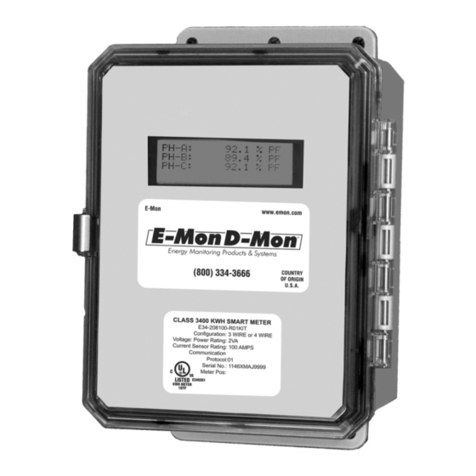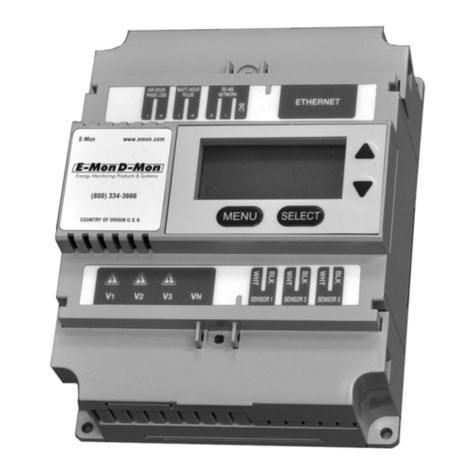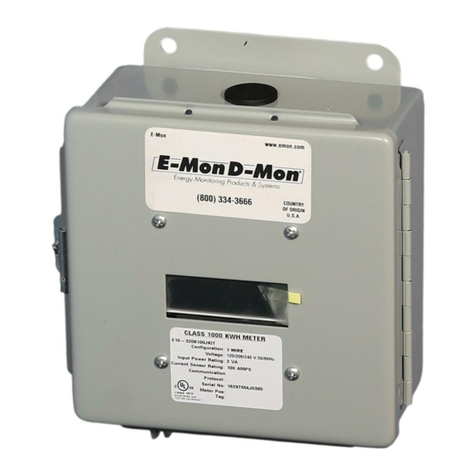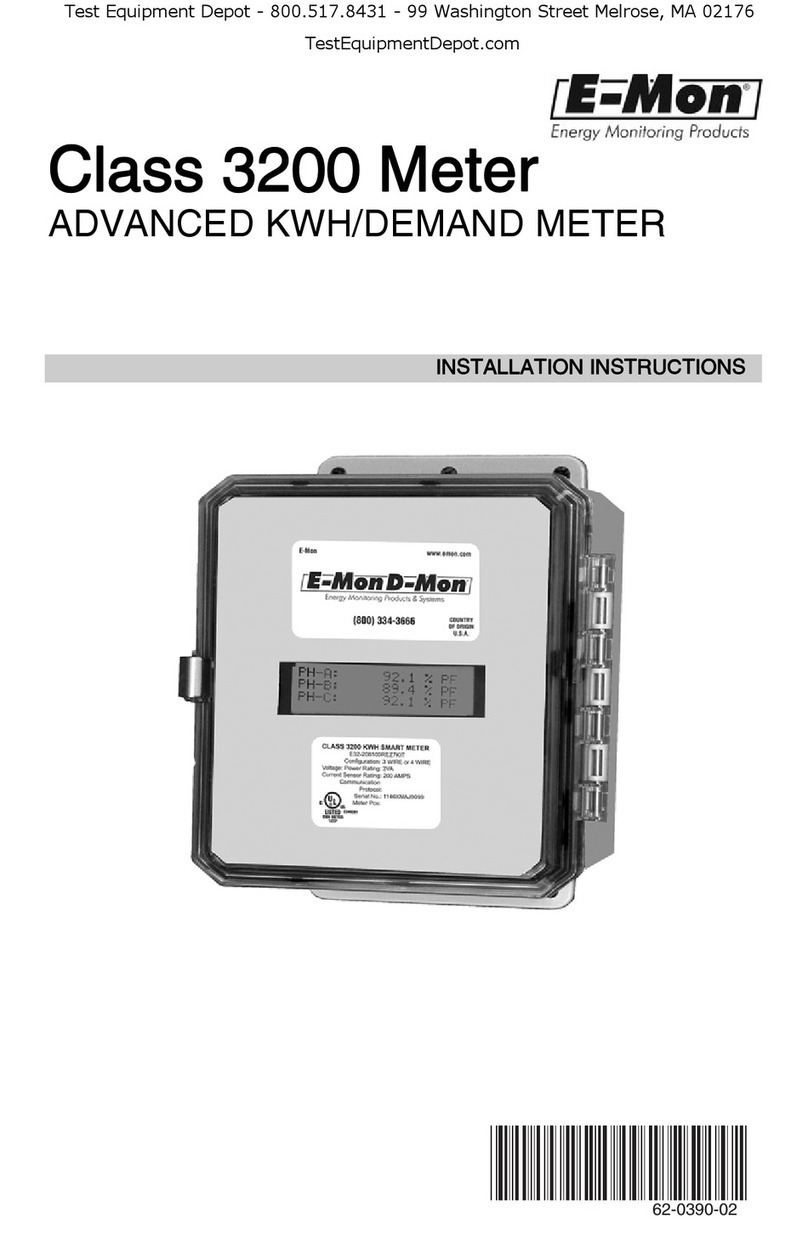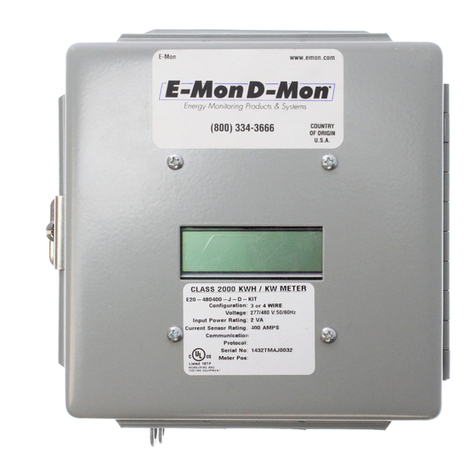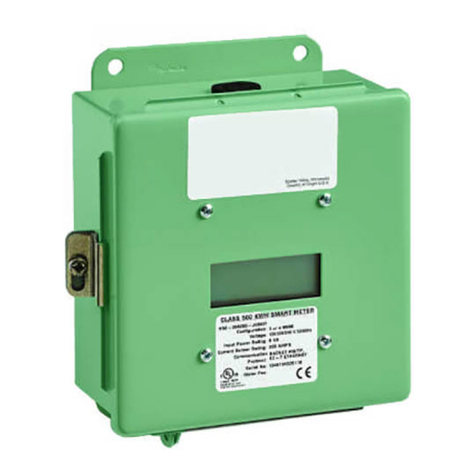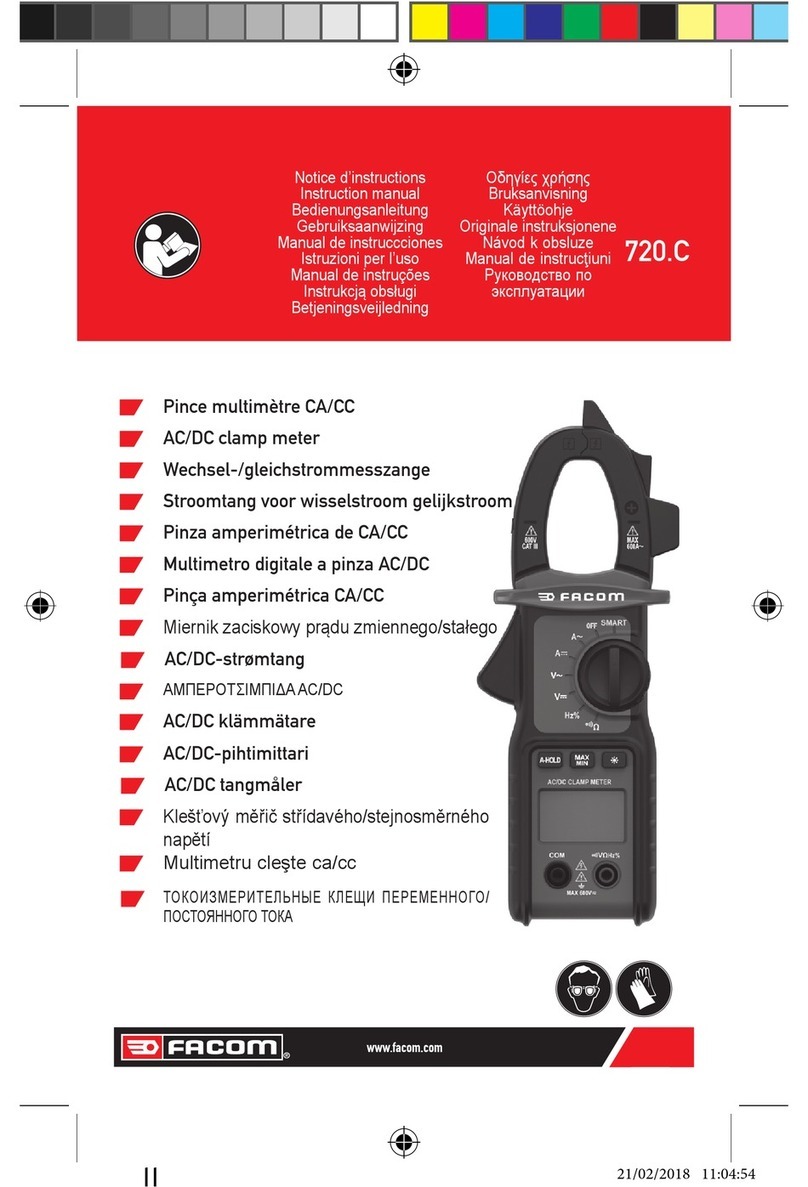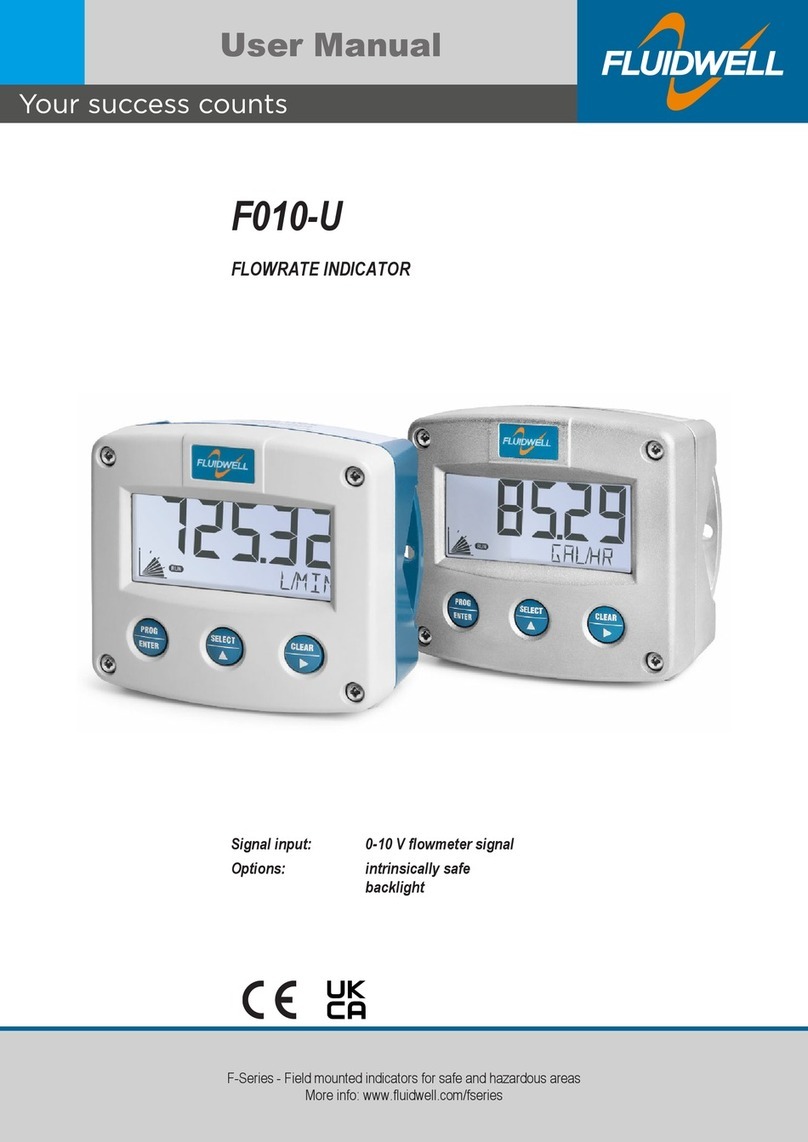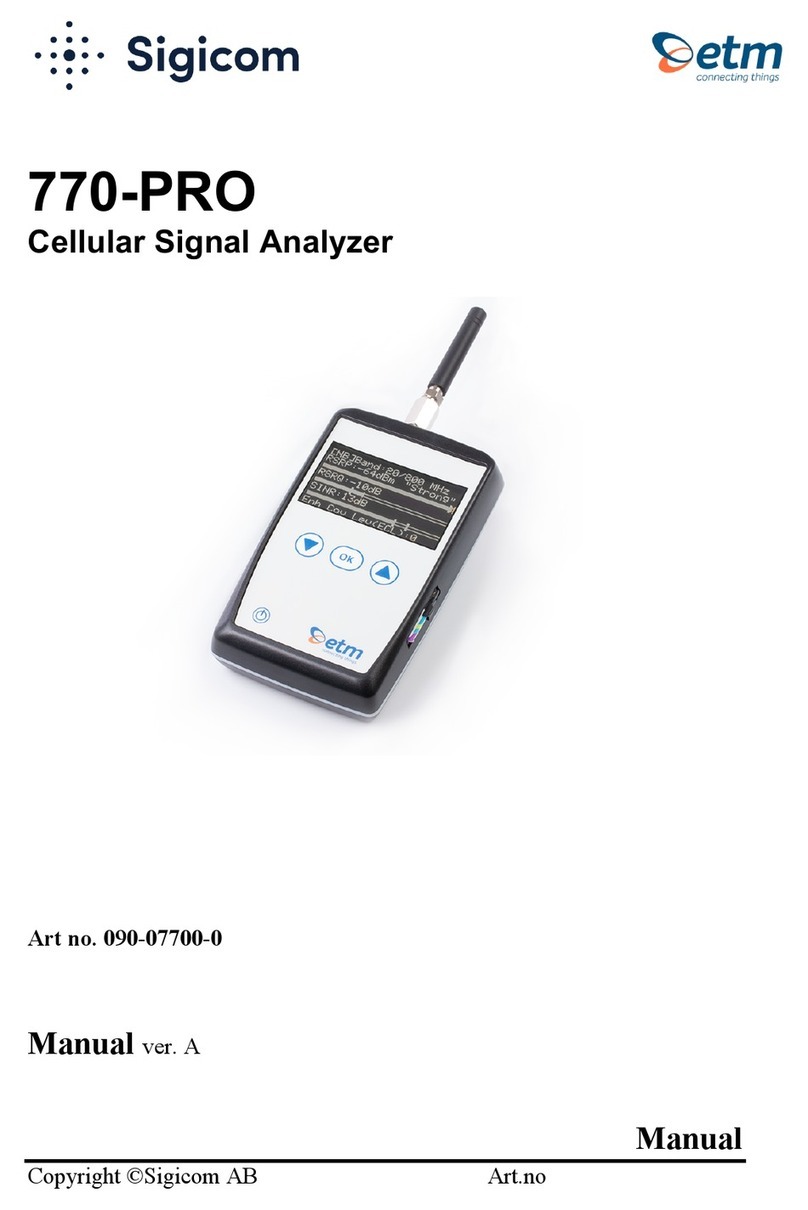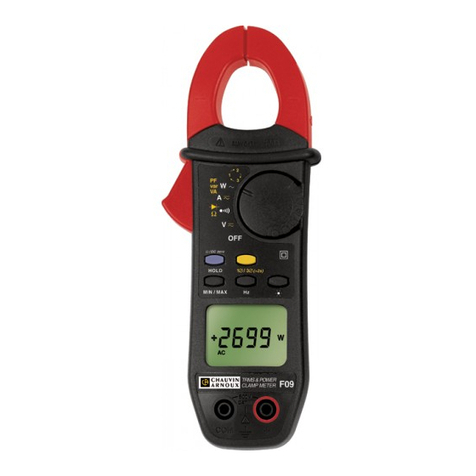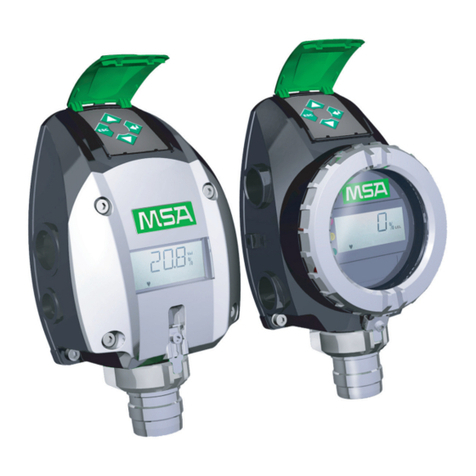E-Mon D-Mon Class 1000 User manual

Energy Monitoring Products
®www.emon.com
E-Mon D-Mon®
Installation Manual
Class 1000
Single Phase kWh Meter
E-Mon, LLC - 850 Town Center Drive-Langhorne, PA 19047

Energy Monitoring Products
®www.emon.com
Dear Valued Customer,
We are pleased that you chose to buy one of our products, and want you
to be just as pleased with owning it. Before installing your new E-Mon
product, please read the information on the following pages carefully.
We believe that you will find the E-Mon D-Mon meters easy to install and
to use for monitoring and evaluating your electrical usage.
To be sure that you are 100% satisfied with your products, we provide
toll-free technical and sales support Monday through Friday, 8:00 am
to 7:30 pm, EST: (800) 334-3666. You may also reach us via e-mail at
If you have questions, we can handle them quickly and effectively with
a telephone call. Please let us try to help you BEFORE you remove
your meter. And to help us help you, we ask that you have all relevant
information on hand when you call (model or part numbers, nature of
difficulty, etc.)
Be sure to forward this manual to the owner after installation is complete,
so that they may use it as a reference guide when reading the E-Mon
D-Mon meter.
Thank you.
Energy Monitoring Products
®

Table Of Contents
Page
Section 1.0 Pre-Installation Information 1
Section 2.0 Safety Label Definitions 3
Section 3.0 Precautionary and Safety Information 3
Section 4.0 Meter Installation 4
Section 4.1 Mounting the Meter 4
Section 4.2 Main Power Board Connections 4
Section 4.3 Current Sensor Installation & Wiring 7
Section 4.4 Main Power & Sensor Wiring Diagrams 11
Section 4.5 Line Voltage/Current Sensor Diagnostics 12
Section 5.0 Monitoring multiple loads with one meter 13
Section 6.0 KWh Meter Features & Functions 15
Section 6.1 KWh Meter Display Functions 15
Section 6.2 How to read the kWh Meter 16
Section 6.3 KWh Meter Hardware Functions 17
Section 7.0 Preventative/Scheduled Maintenance 19
Section 8.0 Troubleshooting Guide 20
Section 9.0 Frequently Asked Questions 21
Section 10.0 Meter Technical Specifications 22
Section 11.0 Meter Limited Warranty 23

1.0 Pre-Installation Information
The E-Mon D-Mon® Class 1000 kWh meter is a 2-element meter used to monitor
electric power usage of individual loads after the utility meter. Installation must
only be performed by qualified personnel and in accordance with these
instructions and all applicable local and national electrical codes. E-Mon or
its representatives assume no responsibility for damages or injury resulting from
the improper installation of this meter.
Meters are supplied in a NEMA 12 steel enclosure appropriate for indoor installa-
tion where it will not be affected by the elements, such as moisture and extreme
temperatures.
Units designated by the “R” suffix on the model number have an extended
environmental operating range and are enclosed in a NEMA 4X enclosure to
accommodate outdoor environments.
Verify the input voltage rating and configuration on the meter label to ensure it
is suitable for the intended electrical services. Class 1000 meters labeled for
120/208V service MUST NOT be installed on service feeds of 277 and vice
versa.
Verify the current sensors are sized suitably for the load to be monitored.
Compare the color of the arrows on the current sensors to the chart below to
confirm the correct current sensor is being used.
Sensor Arrow Color Code Sensor Rating
Brown - 100 Amp
Red - 200 Amp
CAUTION: Internal circuit card components are extremely sensitive to
electrostatic discharge. Prior to handling or touching internal circuitry,
discharge any static buildup on your person. To discharge yourself, touch
a grounded metal object such as conduit or an earth grounded metal
enclosure.
WARNING: Use of this instrument, Class 1000, in a manner inconsistent
with this manual or not specified by the manufacturer in writing, can cause
permanent damage to the unit and/or serious injury to the operator. The
protection and safety features provided by this equipment may become
impared or otherwise compromised.
NOTE: If any trouble arises during installation or functional verification opera-
tions, do not immediately remove unit. Before removing the unit, contact E-Mon’s
technical support department at (800) 334-3666. E-Mon’s technical department
will assist you in detailed troubleshooting of the Class 1000 installation.
Page 1

1.0 Pre-Installation Information (Continued)
Internal Electronic Assemblies
The unit is comprised of two major
subassembly boards, Main Power
Board and Display Board. All circuit
cards are mounted inside a
NEMA 12 (standard) or
NEMA 4X (optional) enclosure.
NOTE: Units are supplied in a NEMA 12 metal enclosure suitable for indoor
applications only. Units supplied in the optional NEMA 4X fiberglass enclosure
are suitable for either indoor or outdoor applications, within the defined specifica-
tions. Refer to Section 12.0 for a definition of suitable environmental conditions
for indoor and outdoor units.
Main Power Board
Connections to this board include the MAINS Input Voltage, Current Sensors,
external IDR interface and Isolated Pulse Output.
The MAINS input terminals are covered with a protective clear shield for safety
purposes. The current sensor assemblies interface to either TB1 (standard con-
figuration) or to three header connectors, TB2, TB3 and TB4 (MI configuration).
Each header connector input corresponds to an input voltage phase, so care
must be taken to ensure each current sensor is connected to the correct input
header. TB4 is not to be used as an input on the Class 1000 meter.
(Standard Config.)
(Optional MI
Config.)
Display Board
The display board connects to the main power board via a flex-ribbon cable and
the board is mounted on the inside of the enclosure door. The display board LCD
readout indicates the cumulative kWh and instantaneous kW value. Additionally,
errors such as low battery conditions or sensor error conditions are displayed.
Page 2
Main Power Board Display Board
(Showing ST Config)

Page 3
2.0 Safety Label Definitions and Information
The Class 1000 meter may contain one or more of the following labels.
Operator(s) should familiarize themselves with the meaning of each label to
minimize risk.
The presence of this label is a cautionary indicator identifying a danger
risk. The manual should be consulted prior to proceeding.
The presence of this label indicates an electrical shock hazard exists in
the location or area where the label is placed. Prior to proceeding, the
MAINS power must be disconnected and the manual consulted for
safety information.
3.0 Precautionary/Safety Information
CAUTION: Internal circuit card components are extremely sensitive to
electrostatic discharge. Be careful not to touch internal circuitry
prior to discharging any static buildup on your person.
To discharge yourself, touch a grounded metal object such as
conduit or an earth-grounded metal enclosure.
WARNING: High voltages present on main PCB terminal block
TB1. Risk of serious injury and/or electrical shock exists. Prior to
performing any wiring operations, review all contents of the user
manual and de-energize the MAINS power switch. Only qualified
personnel should perform installation wiring. Installation wiring
must comply with all local and national electrical codes.
WARNING: Failure to ground the enclosure creates a possible
shock hazard. Do not operate the Class 1000 meter without a
protective earth wire attached securely to the PE terminal screw.
After installing protective earth wiring, secure the screw tightly
(10 N-m torque.)
WARNING: NEVER open front panel of unit while unit has MAINS
power applied. Failure to comply can increase the risk of serious
injury and/or electrical shock.

Page 4
4.0 Meter Installation
4.1 Mounting
STEP 1: Using the appropriate sized mounting hardware, fasten the
Class 1000 meter enclosure to the selected mounting surface.
The four mounting holes are centered 6.75” H x 4” W. The mounting
hole spacing is identical for either the NEMA 12 or NEMA 4X
enclosure.
NOTE: Only the NEMA 4X enclosed unit is suitable for outdoor environmental
conditions. Units housed in NEMA 12 enclosures must only be installed in indoor
environments where it will not be affected by the elements, such as
moisture and extreme temperatures.
4.2 Main Power Board Connections
STEP 1: Install a temporary ground for ESD (Electrostatic Discharge) protection.
With all circuits de-energized, connect a temporary protective earth
ground connection for ESD protection. Prior to performing any unit
wiring, be sure to discharge any static on your person.
STEP 2: Install the Class 1000 Protective Earth Ground. Connect an earth
ground wire to the Class 1000 protective earth ground terminal screw
located on the bottom right side of the main power board. After
installing the protective earth ground wire, securely fasten the protective
earth ground screw.
WARNING: Failure to attach the protective earth ground wire securely to
the enclosure creates a potential shock hazard. Do not operate the Class
1000 meter without a protective earth ground connection securely installed.
STEP 3: Wire Entry
Two openings exist on the unit enclosure, one for 1/2” conduit and one
for 3/4” conduit. The 3/4” conduit opening located on the bottom of the
enclosure is used to bring in MAINS Power (voltage lines to power
meter) and current sensor wiring. The 1/2” conduit opening located on
the top of the enclosure is used to interface low voltage signals, such as
the IDR interface and isolated pulse output. (Outdoor enclosures
equipped with one 3/4” conduit opening on bottom of enclosure only.)
Route the appropriate cabling to and through the respective enclosure
opening. The conduit and fittings interfacing the enclosure entrances
must be UL listed and properly sized to the enclosure port diameter,
The interfacing fitting must use a gasketed seal ring to interface
between the conduit fitting and the enclosure entry point. After installing
the conduit fitting and conduit, verify that the conduit fittings are aligned
properly to their respective enclosure entrance ports and tightened
securely to prevent moisture entry. VERIFY that each conduit slip nut
is securely tightened to its respective conduit fitting.

Page 5
4.0 Meter Installation (Continued)
4.2 Main Power Board Connections (Continued)
STEP 3: Wire Entry (continued)
Outdoor applications require the use of the optional NEMA 4X
enclosure. The same principles outlined for indoor meter installations
as defined in the aforementioned paragraph carry over and apply to
outdoor installations with one exception. This exception is that the
conduit and fittings for outdoor installations require an outdoor material
rating.
STEP 4: Unit MAINS Wiring (Voltage Wiring Connections)
Remove the clear shield located over terminal block TB1 on the main
power board. This shield can be removed by pressing in on each
locking tab located at the top of each standoff. While pressing the tabs
inward, lift the shield from the standoffs. Wire each connection to
Terminal Block TB1 with stranded wire 14-12 AWG, rated at 600 VAC.
Strip back all wire insulation to expose between 1/4” and 3/8” of the
copper conductors. Gently twist each wire to prevent fraying. Insert the
conductors into their respective terminal block position and tighten down
the terminal block screw to securely fasten the conductor. Terminal
block TB1 is clearly labeled PHASEA, PHASE B, PHASE C and
NEUTRAL. Phase C is not used on single phase circuits.
Connect the NEUTRAL wire to the appropriate terminal block position.
Connect the AC mains power wires (Phase A and Phase B) to
their respective positions as labeled on terminal block TB1.Also connect
the neutral wire.
After all conductors are connected to their respective terminal block
positions and tightened down, verify that each terminal block screw
is securely fastened by gently tugging on each conductor. Verify no
conductor wires are frayed or are shorting to adjacent terminal block
positions.
STEP 5: External Switch Mechanism/In-Line Fuse Installation
To ensure a safe installation, the Class 1000 meter requires an
external switch mechanism, such as a circuit breaker, be installed on
the Class 1000 MAINS input wiring. The switch mechanism must be
installed in close proximity to the meter and easily reachable for the
operator. This device must also be marked as the disconnecting device
for the Class 1000 meter.

Page 6
4.0 Meter Installation (Continued)
4.2 Main Power Board Connections (Continued)
STEP 5: External Switch Mechanism/In-Line Fuse Installation (Continued)
Install 1/10 Amp Slow Activation inline fuses with the suitable voltage
rating for each conductor phase at the MAINS input to the meter. The
fuses must be labeled to indicate voltage and current rating as well as
element characteristics. The fuse element must be slow activating type.
STEP 6: Once the MAINS wiring is complete, replace the clear lexan
protective shield over terminal block TB1 and close the enclosure front
panel. Secure the enclosure cover using the locking mechanism.
Activate the external circuit breaker or equivalent switch to apply AC
MAINS power to the unit.
The Class 1000 meter display should turn on and indicate total kWh
accumulation reading.
NOTE: The unit display, clock and other critical configuration parameters will be
reset once the unit installation and wiring is complete.
STEP 7: Using an AC Voltmeter, verify the input voltage readings are within the
limits specified below.
NOTE: Single Phase systems, the voltages are measured Phase to Neutral.
Meter Input Voltage Nominal Voltage Limits (+/- 10%)
Configuration
120/208V, 2 Ph, 3 Wire 120 VAC 108 to 132 VAC
120/240V, 2 Ph, 3 Wire 120 VAC 108 to 132 VAC
STEP 8: Remove power from the unit by de-energizing the external switch.

Page 7
4.0 Meter Installation (Continued)
4.3 Current Sensor Installation & Wiring
Once the AC voltages have been confirmed to be within acceptable limits, you
are ready to install the current sensors. The MAIN power board contains either a
10-position terminal block (TB1) (standard configuration) or three header connec-
tors located at the bottom center of the board, TB2, TB3 and TB4 (MI configura-
tion). If supplied with the TB1 terminal block, the current sensors are connected
to the 6 positions on the right side. Both styles are marked with the appropriate
phase designation and conductor color. This format must be followed in order for
the meter to function correctly. (Phase C is not used)
The Class 1000 meter will be used with one of two basic types of current
sensors:
a. Split-Core Current Sensor: This sensor opens so that it can be
attached around the circuit conductor being monitored without
interrupting power. Unless otherwise specified, all Class 1000
meters are supplied with this sensor type.
b. Solid-Core Current Sensor: This sensor does not open and requires
the monitored conductor be removed from the circuit to install the
current sensor. This type is only supplied when specified at time of
order.
NOTE: The unit serial label specifies if the unit is set up for split or solid core
current sensors.
Both types of current sensors output a 0-2 VAC signal proportional to the current
being measured.

Page 8
4.0 Meter Installation (Continued)
4.3 Current Sensor Installation & Wiring (Continued)
Installing the Split-Core Current Sensor Assembly
STEP 1: Each phase being monitored will require one two-piece current
sensor assembly. Therefore, a three-phase meter will require three (3)
assemblies. Open the two-piece current sensor assembly by releasing
the nylon clamp using a flat head screwdriver.
STEP 2: Reassemble the current sensor assembly around the conductor(s) to be
monitored. Ensure the current sensor halves marked “Load” are both
facing the load side of the conductor. The colored arrow will be on the
source side of the conductor being monitored and MUST be pointed in
a clockwise direction around the conductor being monitored. Tighten
the nylon clamp to complete the assembly.
IMPORTANT: When looking from the source side of the conductor(s) being
monitored, you should see the arrow on the current sensor assembly. The
arrow should be pointing in a clockwise direction around the conductor(s)
being monitored. If the arrow is not positioned on the source side, inaccu-
rate readings will result.

Page 9
4.0 Meter Installation (Continued)
4.3 Current Sensor Installation & Wiring (Continued)
Installing the Solid-Core Current Sensor Assembly
The optional solid-core current sensors can be installed in the same applications
as the standard split-core units, however, the conductors that they are monitoring
must first be disconnected.
NOTE: Under no circumstances is this operation to take place without
shutting off the power to the conductor(s) being monitored.
With the power off, disconnect the conductor from its breaker or terminal. Slide
the solid-core current sensor over the conductor, making sure that the indicator
on the sensor is pointing in the direction of the load. After this is done, reconnect
the conductor and verify that it is properly installed.
Run the black and white wires from the solid-core current sensors and install
them according to the standard installation diagram. When this is completed, the
power to the monitored conductor can be turned back on.

Page 10
4.0 Meter Installation (Continued)
4.3 Current Sensor Installation & Wiring (Continued)
Current Sensor Wiring
Once all the current sensors are installed on their appropriate phase conductors,
you can begin terminating the current sensors on to the Class 1000 main power
board.
The current sensor leads can be extended up to 2,000 feet (using #14-22 AWG
wire) for remote monitoring applications. Consult your local electrical codes for
proper wire sizing (#22 AWG twisted pair wire with a black and white conductor,
rated for 600 VAC recommended.)
The current sensor connection points are located on the bottom center of the
main power board. If supplied with the terminal block (TB1) (standard configura-
tion), the current sensors are connected to the 6 positions on the right side.
If your meter is equipped with removable current sensor terminal blocks (MI
configuration), you can find the current censor connection points located on the
bottom center of the main power board. Three removable plugs exist, one for
each current sensor phase input. The header portions of the connectors are
labeled TB2, TB3 and TB4. Text silkscreened on each of the connectors instruct
you which terminal of the plug is for the white conductor and which terminal is
wired to the black conductor. Once each current sensor is wired to its respective
plug, insert each plug into the appropriate header.

Page 11
4.0 Meter Installation (Continued)
4.4 MAINS Line Voltage & Current Sensor Wiring Diagrams
∅A∅B∅C
∅A
W BN
Line Voltage Current Sensor
∅A
N
1-Phase, 2-Wire Connection
120-Volt or 277-Volt Single-Phase
Line voltage connection: #14 AWG
Sensor Connection:
B = Black
W = White
* One-amp inline fuse recommended
Shorting link MUST be installed on
B- & C-phase current sensor
terminals.
LOAD SOURCE
∅A∅B∅C
∅A∅B
W B W BN
Line Voltage Current Sensors
∅A
N
Single-Phase, 3-Wire Connection
120/240-Volt Single-Phase
Line voltage connection: #14 AWG
Sensor Connection:
B = Black
W = White
* One-amp inline fuses recommended
IMPORTANT: Line voltage MUST
be present at the A- & B-phase
voltage terminals.
Shorting link MUST be installed on
C-phase current sensor terminals.
∅B
**
LOAD SOURCE

Page 12
4.0 Meter Installation (Continued)
4.5 Line Voltage/Current Sensor Diagnostics
The three-phase AC MAINS voltage wiring and
the current sensor wiring must be connected in
the proper phase sequence. If there is a phase
sequence error, the display LCD will display a
message ‘Check Sensor” in the upper right
hand corner. Additionally, LED D1, Check
Sensor, will illuminate if there is a phasing error.
Verify that the AC MAINS voltage wires are all
connected to the correct positions on terminal
block TB1. Inspect the MAINS input wiring to
verify each conductor is terminated at the
correct terminal block position. Using an AC
voltmeter, measure the AC voltage for each (Main Board Config. Shown)
Phase to Neutral terminal and to the Frame
ground point.
Verify each current sensor by running at least 1% of the full scale rated current
through the conductor being monitored by each phase. (e.g. 2 amp load required
for each phase to perform sensor diagnostic procedures.)
- Verify that the current sensor white and black conductors are installed in the
correct header positions.
- Verify the current sensors are installed in the correct direction on the conductor
being monitored.
- Verify that the current sensor plugs are terminated in the correct header on the
Main power board if meter is equipped with removable MI terminal blocks.
If the error messages still haven’t been cleared, measure the AC voltage inputs
across the plug terminals of each current sensor, individually. Set the AC volt-
meter to the 20 Volt scale. If a reading of zero volts is indicated on the voltmeter,
check for an open circuit. An open connection could exist at the plug terminals
or at a splicing junction. Also verify a tight connection exists between the core
halves.
If error message is still appearing, contact E-Mon technical support at (800) 334-
3666 for further assistance.
Final Main Board Checks
Once the phase error has been corrected, the Display LCD “Check Sensor” error
should extinguish and the Main Power Board LED D1 should extinguish.
D5 (meter power)
D1

Page 13
5.0 Monitoring Multiple Loads with One Meter
The Class 1000 meter provides extreme flexibility by allowing additional sets
of current sensors to be used in parallel so that multiple load locations can be
monitored by one meter. This feature allows a totalized display readout from two
or more load circuits.
You may use parallel sensors to monitor specific breakers from one panel,
specific breakers from more than one panel, two or more complete panels, etc.
When paralleling current sensors, the following rules must be followed for
accurate readings:
Rule 1: Current sensors must be installed in complete sets of two, with a
maximum of three sensors installed in parallel per phase.
Rule 2: All sensors used in parallel must be of the same amperage rating (i.e.
100 amp, 200 amp, etc.) The rating is determined by the current rating
(amperage) of the Class 1000 meter. For example, a 200 amp meter
must use extra sets of 100 amp current sensors.
Rule 3: All locations being monitored must have the same power source. A 277
volt meter cannot monitor a 208 volt load nor can a meter monitor two
277 or 208 volt loads if they are from different originating power sources
or from different transformers.
Rule 4: The display readings must be multiplied by the number of sets of current
sensors installed. E.g. meter reading of 5 kWh with 2 sets of current
sensors....5 x 2 = 10 kWh (actual usage.)
NOTE: One set of current sensors equates to three sensors, one per
phase. The multiplier only applies when extra sets of current sensors are
installed on one meter. Therefore, if you are using only one set of two
sensors (one per phase) the multiplier is not required.

5.0 Monitoring Multiple Loads with One Meter (Continued)
Page 14
ØAØBØC
ØAØBØC
W B W B W B
N
Line Voltage Current Sensors
ØA
ØB
**
LOAD SOURCE
N
LOAD A
ØA
ØB
LOAD SOURCE
N
LOAD B

Page 15
6.0 KWh Meter Features & Functions
6.1 KWh Meter Display Features
Normal Mode (kWh Reading)
The Class 1000 kWh meter display requires no multiplier and shows kilowatt-
hours consumed. See section 6.2 for information on calculating cost based on
kWh usage.
KW Load Mode (Current Load in kW)
Pressing the “UP” button on the meter display board will switch the display to the
Load mode and will show the present load in kW (kilowatts). (Allow 6 seconds
for correct reading to stabilize.) This feature is useful to the consumer as it
shows the actual load on the meter and can be valuable in showing the effects
of large loads-such as air conditioning, electric hot water heaters, and electrical
appliances on power consumption. Pressing the “UP” button again returns the
meter display to normal mode.
Test Mode
Pressing the “CPU” button on the meter display board will cycle the display
through the test mode. The two screens below will be seen.
The first screen activates all the digits and icons on the display. This is to verify
that all segments on the display are functional.
The second screen will show the amp rating of the meter. The first digit (on the
left side of the dash) will always be zero on the kWh meter. The four digits on the
right side of the dash indicate the amp rating.
Upon completion of the cycling, the meter will return to the normal display mode.
When the meter is first energized it will automatically cycle through the test
screens.

Page 16
6.0 KWh Meter Features & Functions (Continued)
6.2 How to read the kWh Meter
The Class 1000 kWh meter displays readings in whole numbers, there are no
decimals.
To find the dollar cost for the power used by the load(s) being monitored, you
must first find out what the cost per kWh is in your area (this cost can be found
on your utility electric bill, or call your local utility and ask for their cost per kilo-
watt hour.) Simply multiply the cost per kWh by the kWh reading from the E-Mon
D-Mon meter. The resultant figure is the dollar cost for power used by the load(s)
being monitored by this meter.
Example:
8-digit display reading 00000250
Cost per kWh from utility $0.12100
250 x $0.121 = $30.25
NOTE: THE FOLLOWING ONLYAPPLIES TO METERS USING MORE THAN
ONE SET OF CURRENT SENSORS. For meters using parallel current sensors
you must multiply the kWh display reading by the number of sets of current sen-
sors installed.
Example:
250 (meter display reading) x 2 (sets of sensors in parallel) = 500 kWh
500 kWh x $0.121 (utility cost per kWh) = $60.50

Page 17
6.0 KWh Meter Features & Functions (Continued)
6.3 KWh Meter Hardware Functions
AMR Jack 8-pin RJ-45-used to connect kWh meter to the E-Mon
Energy automatic meter reading system.
Peripheral Jack 6-pin RJ-11-used to interface with E-Mon meter
options such as the P3 Pulser or D/A Converter.
Check Sensor LED When lit, indicates that the current sensor is
backwards or on the incorrect phase.
Meter Pulse LED Blinks to show the meter load. Blink rate increases
with load.
Power On LED When lit, indicates power to meter is on.
Real-Time Load PB Press (UP) once and wait 6 seconds to display
present load in kW, press again to return to standard
kWh display (update is not instantaneous.)
Reset PB Press (RESET) to reset display to zero.
Display Test PB Press (CPU) to test display. Shows “88888888”
then amp rating of meter.
DIP Switch Meter set-up. Used ONLY by E-Mon factory
personnel.
CPU Active LED One blink per second indicates normal operation.
Main circuit board located inside meter enclosure
Standard Configuration MI Configuration
Meter
Terminal Block
Check Sensor LED
Meter Pulse LED
Power ON LED
AMR Jack Peripheral Jack Power On LED AMR Jack Peripheral Jack
Other manuals for D-Mon Class 1000
1
Table of contents
Other E-Mon Measuring Instrument manuals
Popular Measuring Instrument manuals by other brands
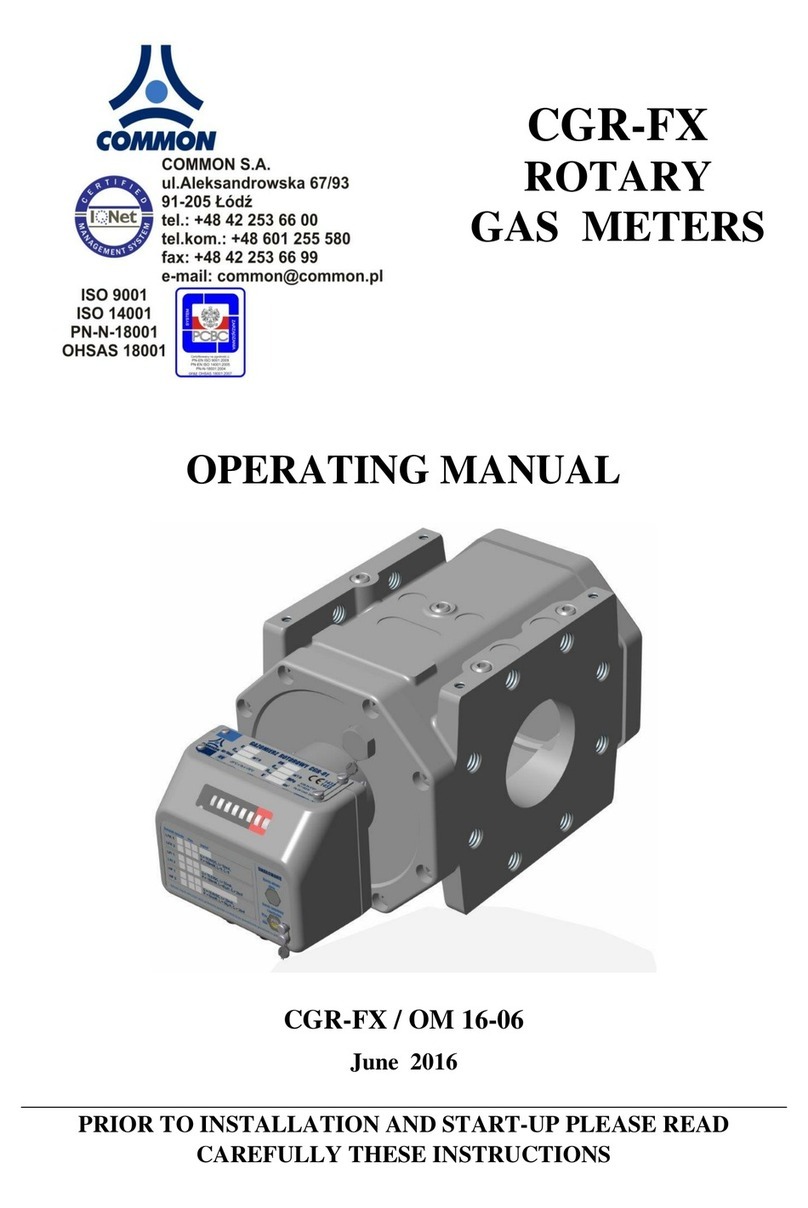
Common
Common CGR-FX operating manual

Drawell
Drawell TrueX XRF user manual
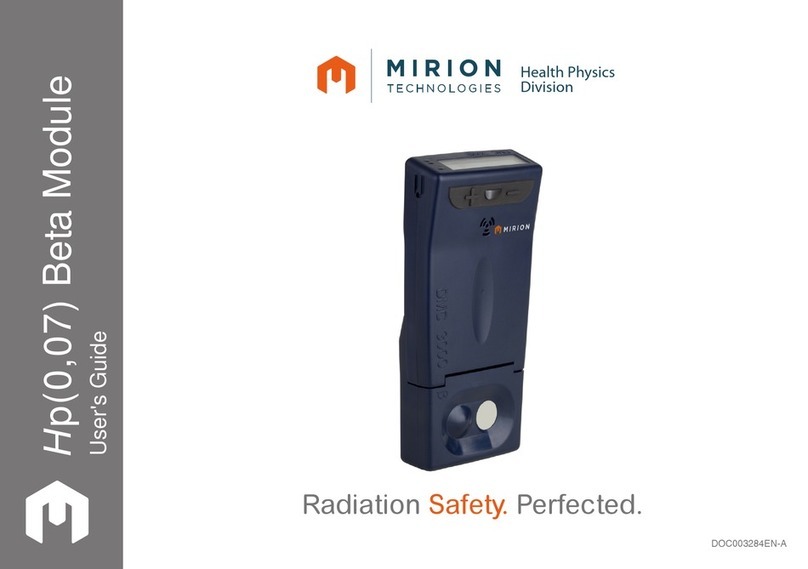
Mirion Technologies
Mirion Technologies Hp(0,07) Beta Module user guide
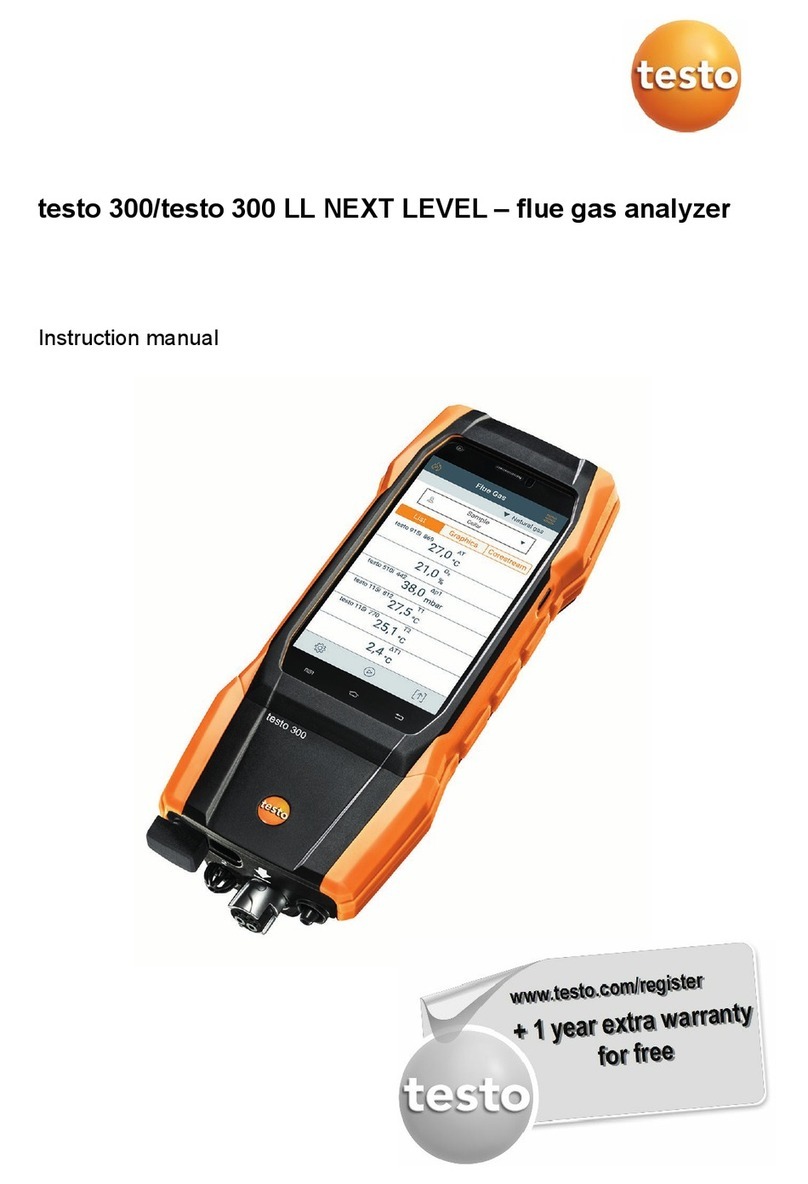
TESTO
TESTO 300 LL instruction manual

Keysight Technologies
Keysight Technologies BT2152A Operating and service guide
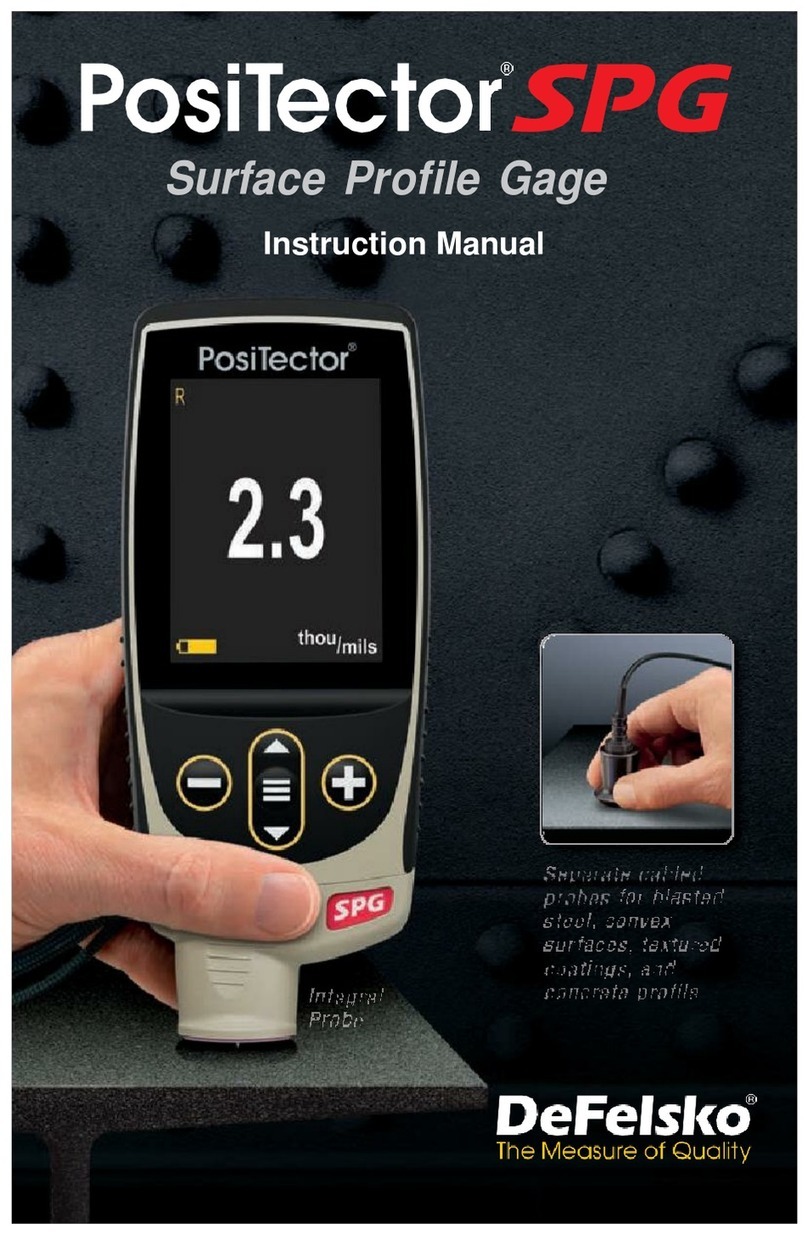
DeFelsko
DeFelsko DF-SPG3-E instruction manual
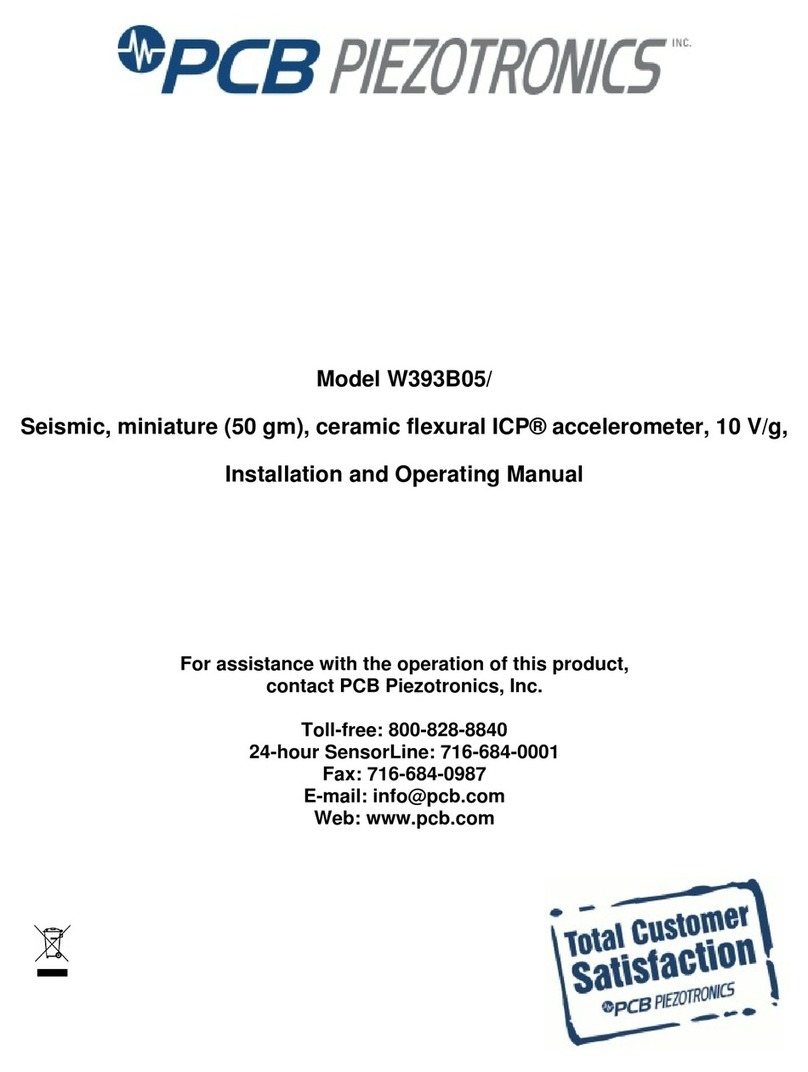
PCB Piezotronics
PCB Piezotronics ICP W393B05 Installation and operating manual
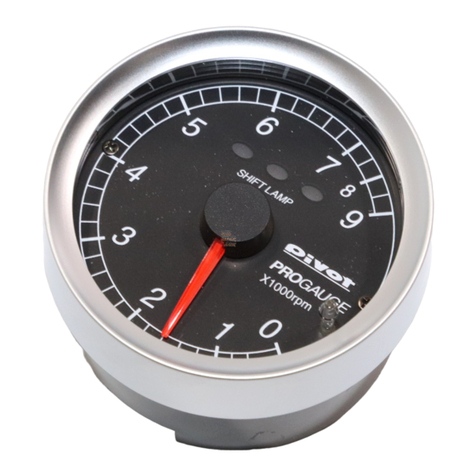
Pivot
Pivot PROGAUGE-PT6 user guide
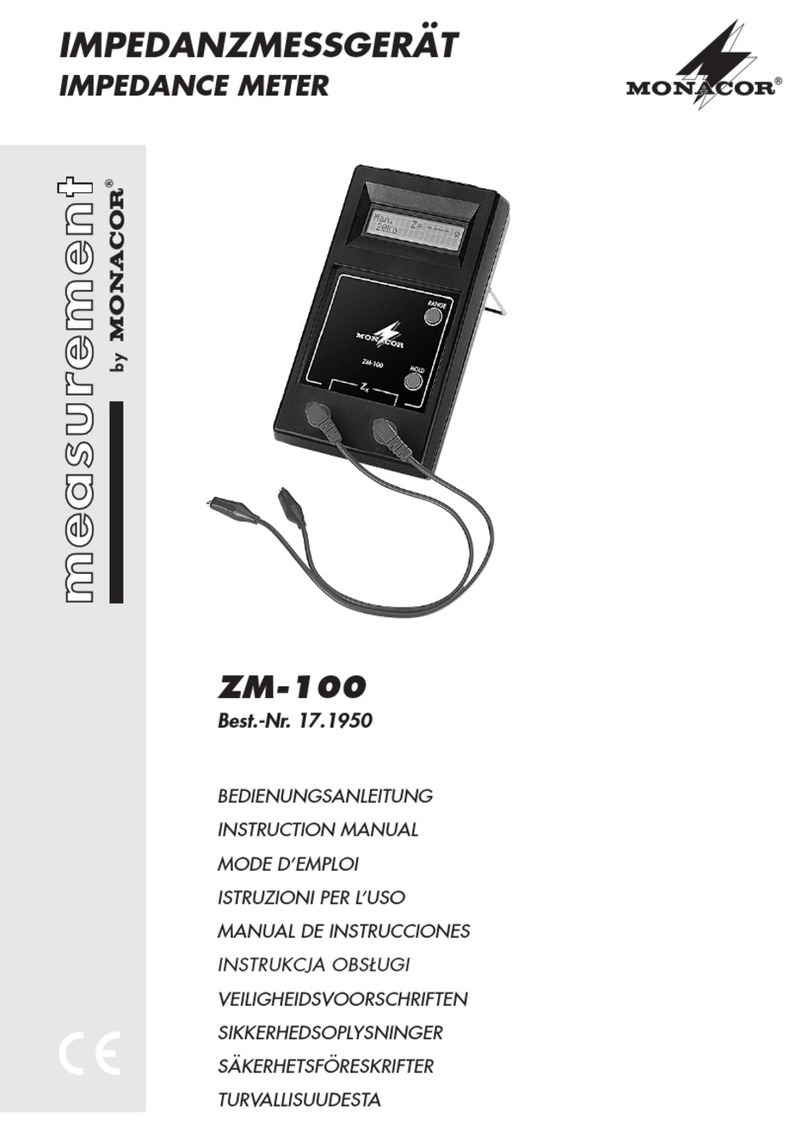
Monacor
Monacor ZM-100 instruction manual
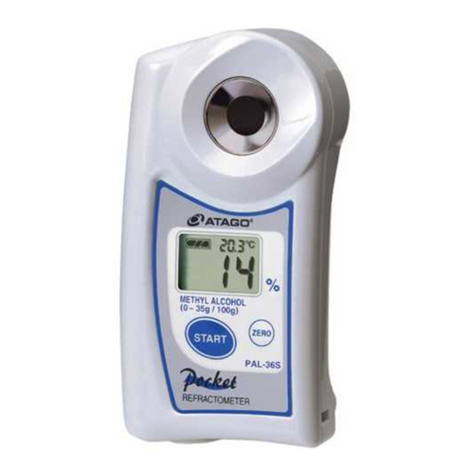
ATAGO
ATAGO PAL-36S instruction manual
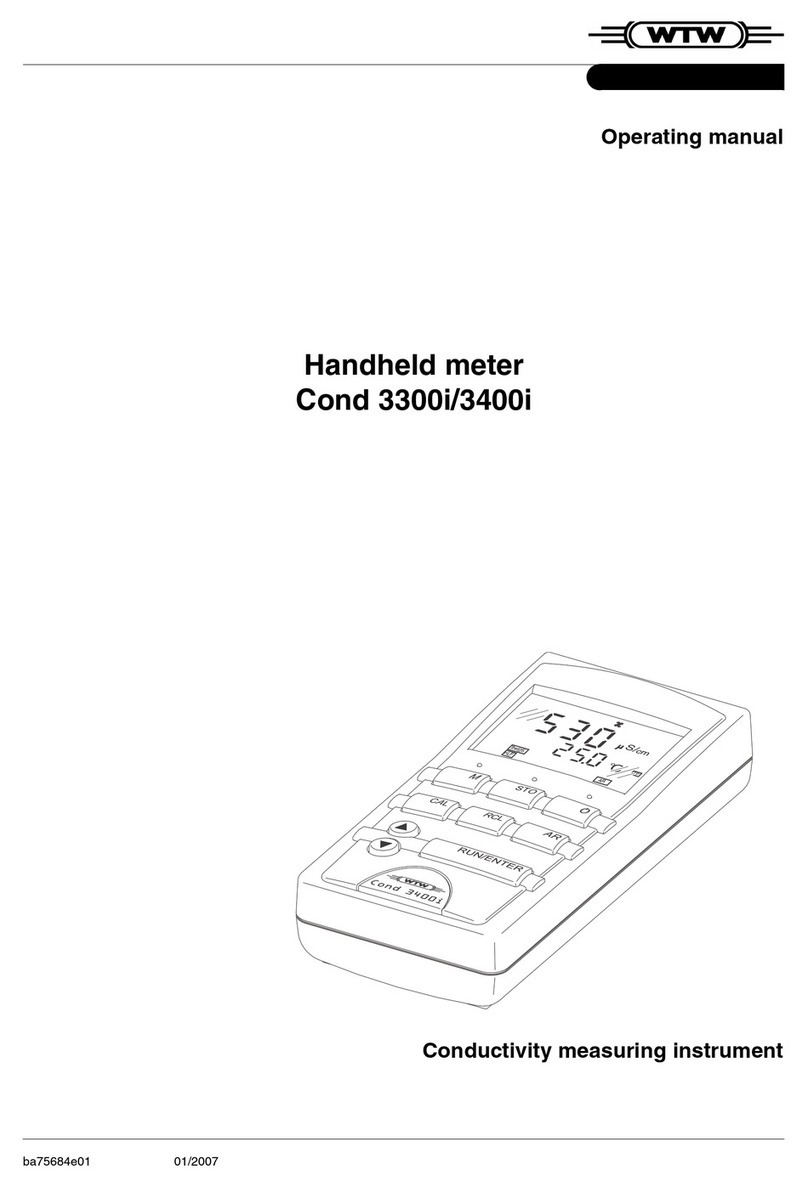
wtw
wtw Cond 3300i operating manual
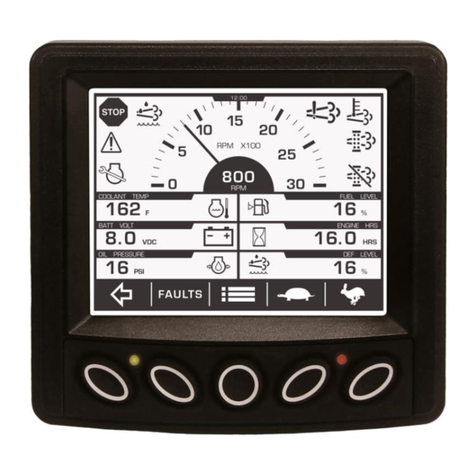
Enovation Controls
Enovation Controls MURPHY PowerView PV380-R3 Operation manual
